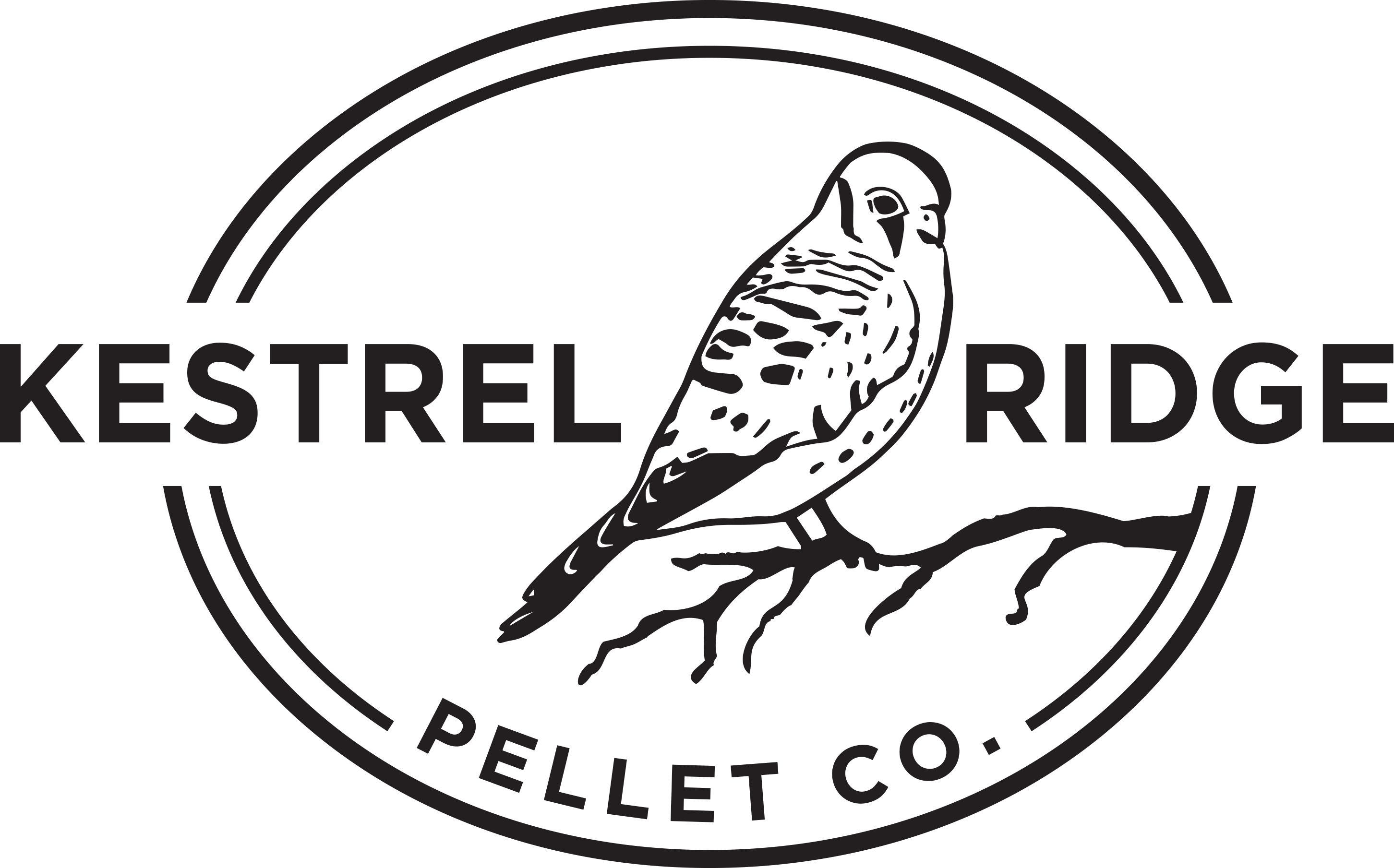
December was breeding time around our ranch. We breed a little later because we like to lamb in May when the weather is nicer and we can turn the ewes and lambs out to graze right away. We refer to ourselves as fair weather lambers! Breeding season entails so much more than just letting the rams loose. The decisions made during this time can affect the quality of your flock for generations to come.
There are so many heritable traits that make a huge difference in health, performance, and profitability. By choosing the right ram to breed to a group of ewes, you can reduce the prevalence of certain diseases, increase maternal ability, and enhance rate of gain; all of which can improve profitability and sustainability. Our breed, Shropshire, is known for excellent muscling and easy keeping so we look to maintain and improve those characteristics.
One tool we utilize on our operation is the National Sheep Improvement Program (NSIP). The estimated breeding values NSIP provides enable you to more accurately identify the breeding animals that meet your objectives. The beauty of NSIP is that you can decide which traits are most important to you and your customers and more rapidly take your flock in the direction of your choosing. I highly recommend registering your flock in NSIP! To learn more visit, nsip.org.
Now for the nitty gritty about breeding and what it entails. First, about 2 weeks before we're ready to introduce the rams to the ewes, we insert a Controlled Intravaginal Drug Release (CIDR) into the ewes. We use the Eazi-Breed CIDR from Premier 1 Supplies. CIDRs release the hormone progesterone which will synchronize the ewe's estrus cycle. We remove the CIDR after 12 days and the ewes come into heat within 24-48 hours. We introduce the rams the day after removal.

Before we introduce the rams, we paint their chests with a Raddle powder which we reconstitute with vegetable oil so when the ram mounts a ewe, it leaves a mark. We take note of the date the ram first marked each ewe so we can calculate the estimated lambing date (we add 147 days to the marking date.) We also change the color of the paint on the ram's chest after the first estrus cycle which is 17 days long. If the ram remarks a ewe with this different color, it means she probably didn't conceive during her first estrus cycle, so we make a note and can readjust her probable lambing date.

After breeding, the rams go back to being lazy boys until they're needed for next year. The rams work 1 month out of the year, so their life is pretty easy! We're excited for lambs, but we're going to enjoy the calm before the storm.
We had a very relaxing Christmas day at the ranch. We got some snow that morning, so we actually had a white Christmas! Milo, our livestock guardian dog, lives his best life when it's cold out and he loves playing in the snow. The sheep don't mind the snow either, their wool jackets keep them warm and dry! Sheep can dig down 6 inches of snow to get their food, so they dug through the snow to get their hay. We will continue to feed them some distillers grain mixed with cedar to meet their protein requirements through winter. They can also meet most of their daily water requirements by eating snow, which they often prefer over their heated waterer!

Wishing you the best in 2024!
Megan ❤

